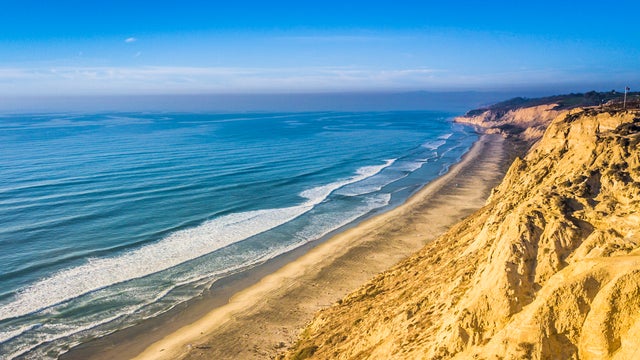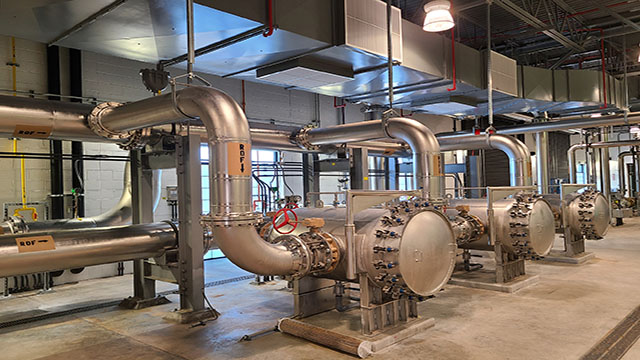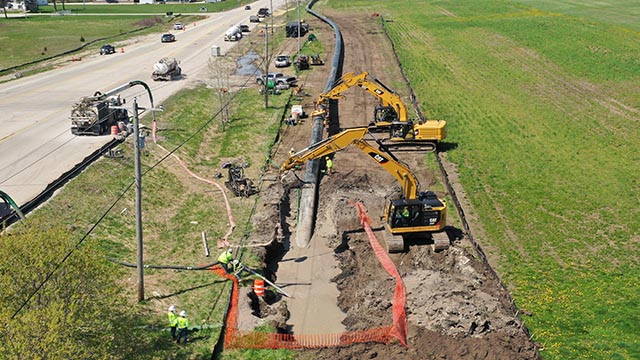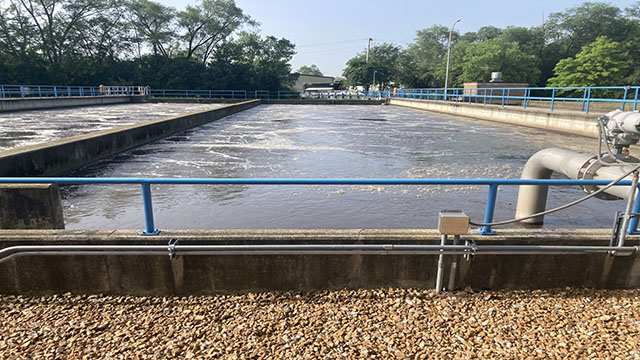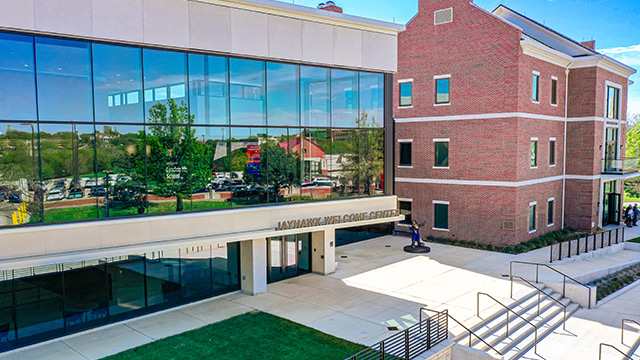The supply is excess stormwater runoff. The reservoir stores 14,000 acre-feet of the supply in below-grade cells constructed in an operating aggregate mine. The project connects the reservoir to and shares its name with a canal that is part of an extensive drainage, flood control, and water supply network. Altogether, the C-51 Reservoir is a regionally minded, integrated water solution for ever-growing southeast Florida.
Providing an important alternative that preserves limited freshwater resources, the project supports water supply reliability across a three-county region on the Atlantic coast. The state-of-the-art infrastructure, with engineering expertise provided by Black & Veatch, promotes affordable, long-term water supply quality, resilience, and sustainability for eight utilities that are contending collectively with inexorable impacts from population growth, climate change, and requirements to protect the region’s water.
Notably, the American Council of Engineering Companies (ACEC) of Florida named the C-51 Phase I Reservoir a 2024 Grand Award winner, in recognition of the project’s complexity, value, and quality.
Regional Approach to Water Resiliency and Sustainability
Florida has a bounty of rivers, streams, wetlands, lakes, springs, aquifers, and estuaries. Nonetheless, its fresh water supplies are under significant stress. Factors range from unrelenting demand to increasing risks from sea level rise and saltwater intrusion.
Having sufficient supplies is the responsibility of the South Florida Water Management District (SFWMD). It is the oldest and largest of the state’s five such districts. Seeking to balance and improve the flood control, water supply, water quality, and natural systems in its jurisdiction, SFWMD has implemented plans and governance for alternative water supply development. That includes construction of stormwater diversion and impoundment facilities.
The C-51 Reservoir is an example. Phase I of the $160 million project was developed as a multi-agency, public-private partnership. The collaboration began in 2006 among SFWMD and a cohort of stakeholders to address the region’s water challenges. The cohort included Palm Beach, Broward, and Miami-Dade counties; the cities of Fort Lauderdale, Pompano Beach, Sunrise, Plantation, Hollywood, Hallandale Beach, Dania Beach, and Margate; Lake Worth Drainage District; Florida’s Department of Environmental Protection; and Palm Beach Aggregates (PBA). PBA is a commercial enterprise that mines aggregate used in asphalt, cement, concrete products, and other construction-related material. It owns the property in western Palm Beach County that is the site of the C-51 Phase 1 Reservoir.
The site is somewhat tailor-made for the project. Its geology supports long-term surface water storage without significant loss via seepage. Its location made the project easy to connect to South Florida’s network of canals, built in the early 1900s for drainage, flood protection, and water storage purposes.
Integrated Solutions, Standout Engineering
Phase I of the C-51 Reservoir involved:
Surface water supply development – providing an alternative source for aquifer recharge and groundwater augmentation plus regional distribution to municipalities across three counties during periods of low water availability
Engineered transmission, distribution, and storage, and flood risk management – storing peak stormwater runoff flows during wet weather events to attenuate flows downstream and control flooding
Coastal and ecosystem restoration – protecting regional water quality by keeping excess runoff from flowing into the Lake Worth Lagoon estuary, Everglades and ultimately Biscayne Bay, in support of ecosystem sustainability
Prior to the project, excess stormwater runoff flowed into the Lake Worth Lagoon via the C-51 Canal. The lagoon is an estuary extending 20 miles along the shores of multiple municipalities on Florida’s Atlantic coastline. Mostly separated from the ocean by barrier beaches, it contains a mix of fresh and salt water. Capturing the excess runoff helps to preserve the brackish quality of the estuary and preserve its diverse ecosystem. Meanwhile, storing it creates an alternative water supply of up to 35 million gallons a day that is used to sustainably recharge the region’s groundwater supplies. In the future, an additional 45,000 acre-feet of water storage is expected to be added to the project.
The C-51 Phase 1 Reservoir occupies more than 400 acres and is approximately 40 feet deep. Its 20-foot-tall embankment extends 20,000 linear feet. It is comprised of aggregate from the site and protected by 6,000 linear feet of roller compacted concrete (RCC) plating. The embankment also includes a 48-foot-deep, four-mile long, soil-bentonite cut-off wall. Created through pre-blasting and trenching, the cut-off wall controls seepage. Because the C-51 Phase 1 Reservoir connects to another, the L-8 Reservoir, the project includes an intake/outlet control structure with gates and two 8-foot diameter pipes installed via micro-tunneling.
Black & Veatch led the engineering effort during construction. The team included full-time resident engineers, provided a certified laboratory, and served as the Engineer of Record (EOR) for review and site visits. Services included:
Review of submittals, shop drawings, and contractor requests for more information
Development and implementation of the Construction Quality Control Plan (CQCP)
Quality control including field inspections and materials using an on-site Construction Materials Engineering Council (CMEC) testing laboratory
Hydraulic structure safety evaluation
Final design of the control structures
Construction completion report and record drawings

